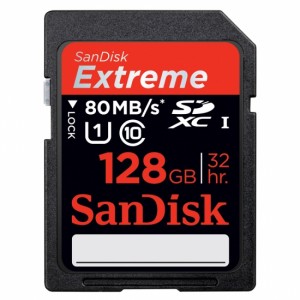How to Choose the Right Flash Drive
Flash storage units are available in different storage sizes and speeds. Different dimension cards are needed for different data storage applications.
Huge volumes of Memory cards and sticks are sold throughout the world year in, year out, and many are not ideal for their use.
Spending a few seconds to ascertain your data storage requirements before you make the wrong purchase will permit you to make an informed choice and consequently you’ll end up with a far superior device that will fulfil its purpose.
Memory Card Types
There are several formats that are the more often used by the vast majority of large manufacturers. The most frequently used are standard, Micro and Mini SD Cards, USB Flash, and Compact Flash card drives.
The two most important issues when choosing data storage, are the capacity of the card and the transfer speed. Memory technology moves quite quickly leading to an increase in storage capacity & an increase in data transfer speed.

The bigger and faster the memory, the more it usually costs. Following on from the recent growth in the use of tablets for HD videos and gaming, portable data storage of enormous amounts of data has now become more important than ever before.
Storage
Currently 128GB flash drives are readily available with up to 256 GB on sale, and storage is anticipated to hit 2 Terrabytes within 5 years.
Mobile memory storage is increasingly stable, giving users much more security and confidence than was considered acceptable just a short while ago.
The majority of memory sticks and cards are hot swappable meaning that they can be removed from computers and devices without you being required to to eject them.
Flash storage drives are also designed to be compatible with both Microsoft and Apple computers, so transferring data onto your computer is easy for later use.
CompactFlash
More expensive top end digital SLR cameras usually offer several memory card slots and take CompactFlash cards (usually the preferred option for commercial photography) and SDxc cards also.
For photographers, often they only have a split second to preserve a special moment, so they be certain that the pictures they capture are safely stored on a 100% reliable card.
CompactFlash cards are some of the most consistently reliable portable storage cards and the most trusted. The majority of wedding photographers choose a few lesser volume CompactFlash data cards during such an important shoot rather than saving all the images onto a single high capacity data card.
This provides added piece of mind because if disaster struck and, if a card corrupts and loses data, they will only lose one section of their data, rather than losing it all.
Despite the high level of reliability of data storage, it is a sensible precaution to protect your valuable data by saving it this way as it can save a lot of tears later.
Due to their compact size, flash memory are a really handy way of carrying large amounts of content for either portability or safety.
Cards and sticks can be easily carried in a purse, wallet or pocket, or discreetly concealed to secure your most important information and documents.
Portable memory has two types, USB based and a variety of memory card drives which each require either a suitable memory card slot or a multi-card reader which plugs into a PC or Mac via USB.
The games, cameras or other devices you own or intend to purchase will dictate which sort of memory card you will need.
If you are only planning to store information from your Mac or PC then a USB stick should be your ideal option.
With the expense of memory storage dropping, this is the ideal moment to invest in new large capacity flash memory to back up your valuable data.
Big Data
Of course data storage is often a bigger issue than data cards and portable storage. For big business, hosting and protecting their essential business data securely, safely and reliably falls to leading independent IBM Server maintenance experts. The largest provider of IBM services outside of IBM themselves.